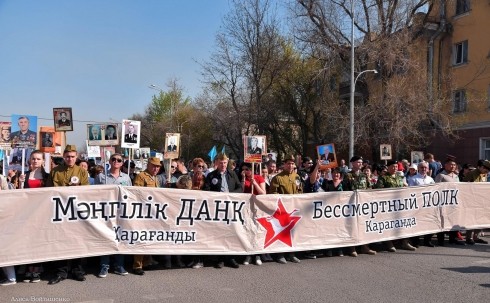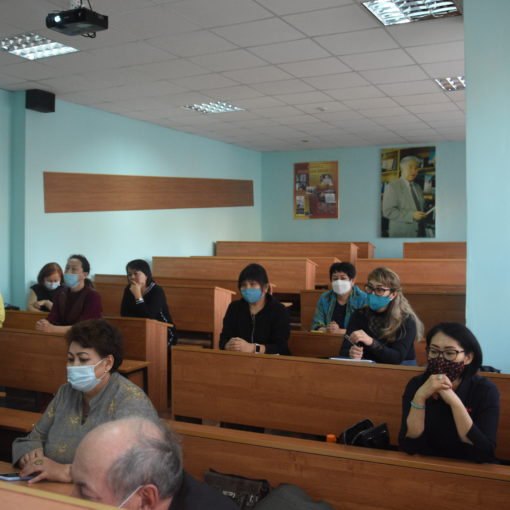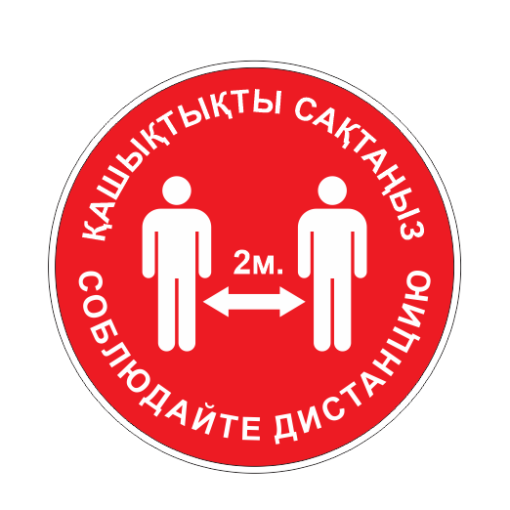Many years have passed since that war, which brought the Great Victory and an incredible amount of grief to the families of those who died defending their homes, their families and their homeland. And how little we sometimes know about that Victory, its unknown heroes. The Monument to the Unknown Soldier, which unites all our common grief and our common memory, will forever remain a common monument for them. “Your name is unknown, your feat is eternal.” And the last Victors of this war go away into the eternal sky, into the crane flocks under the sky, forever taking with them the bitterness of this war, the joy and tragedy of our common Victory.
Among them, the last living Victors, could have been my relatives, my own uncle and four grandfathers. They went to the front from Karaganda. The destiny did not spare them, nobody returned from the fields of fights… And there was very little information about their military way until recently.
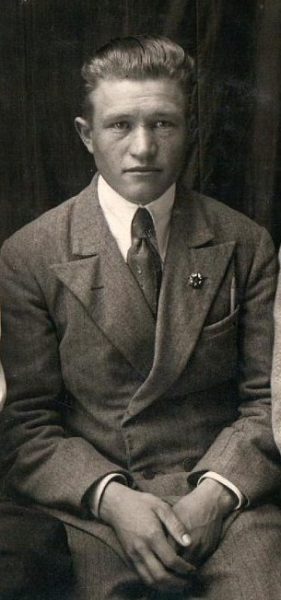
1917 – 1941.10
Red Army Soldier
Died near Leningrad.
Boris Petrovich Botov
1917 – 1941.10
Red Army Soldier
Died near Leningrad.
Boris Petrovich, born in 1917, was the first who went to war. The native of Karkaralinsk, from there in 1941 has been called up in an active army. He died in the battles in the defense of Leningrad. In the “Memory of Nation” documents there is a scanty record: “Lost without entry 11.1941”.
Vasily Demjanovich Samokhin, born in 1914, who worked at the station Karaganda-Sortirovochnaya, called by the Stalin District Military Enlistment Office in Karaganda went to war in early 1942. He was killed in the first battles against the Nazis to Stalingrad (150 rifle division, 37 Army).
On a site “Memory of people” is written: “Was missing 10.02.1942, the Ukrainian USSR, the Stalin (now Donetsk), Yamsky district”.
Agaptsev Aleksandr Vladimirovich, born in 1912. Before that he served in the Black Sea Fleet, moved to Karaganda in 1940. He left voluntarily on August 11, 1941. According to the documents on the above site, he was missing in 1942. However, other information from eyewitnesses survived. Once in captivity, he did not accept his fate. First time he escaped from a captivity in the Rostov region. The escape was unsuccessful. The second time was near Kharkov. After that unconquered petty officer Agaptsev A.A. was shot by fascists.
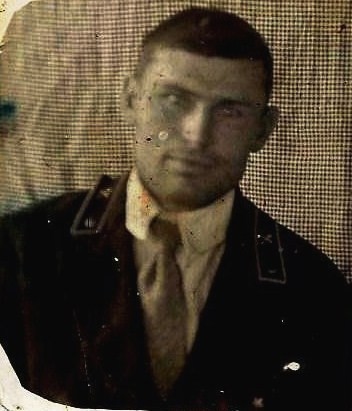
1914 – 1942.02.10
Red Army soldier
Died near Staliningrad
Alexander Demjanovich Samokhin’s fate was no less tragic.
A career officer, a lieutenant, after his last duty station in Kamchatka came to Karaganda and headed a communications department.
In 1942 he went to war through Stalin District Military District of Karaganda. However, recently published documents on the site “Memory of Nation” have informed that the wounded signaler was taken prisoner and was in terrible stalag 336 near Kaunas, created specially for captured commanders of the Red Army. The Abwehr recruitment center was active in this camp. However, the fascists did not break Alexander Samokhin either. After torture and abuse, he was sent to work at the Rübeland and Pisteritz/Elbingerode lime quarry belonging to the IG paint company near Hüttenrode near Magdeburg – Stalag XI A Altengrabow. He was shot at his workplace a year after his capture, as evidenced by the entry on his prisoner-of-war card… IG was the concern that the now well-known companies BASF, Hoechst AG, IG Farben, Bayer, AGFA were connected with. That’s how Germany created its economy during the war years…
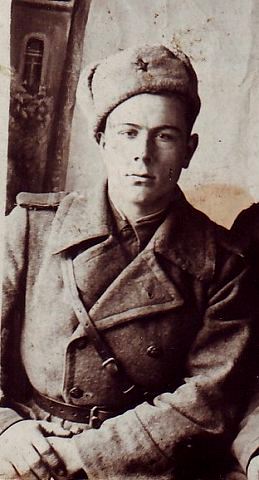
1925 – 1944.12.26
Guards Cossack, machine gunner
Died in Hungary
The youngest, my uncle, Nikolai Alekseyevich.
Samokhin, born in 1925 in the Rostov Region. In 1935, with his parents repressed, apparently because he belonged to the Don Cossacks, he found himself in Karaganda, which had just received the status of a city. At first he lived in a barracks with dozens of families, each separated from one another by a curtain, in the village of Kompaneysk. Nikolai finished his semester school, after which he started to work at the factory named after Parkhomenko. He graduated from a seven-year school, after which he worked at the Parkhomenko plant, evacuated to Karaganda from Lugansk, fulfilling military orders. His younger sister recollected: “Nikolai was an amazingly fearless and fair man. He was not afraid of anyone or anything, and he was respected for that by all his neighborhood peers from Kompaneisk and Old Town.” All that he earned, he brought home – at that time his father was seriously injured in the mine, and it was necessary to raise on his feet his sister and brother, who was born in 1937. At the end of 1942 he refused to be “armored” and applied to the military registration and enlistment office to go to the front. On January 12, 1943, when he was not yet 18 years old, he became a Red Army soldier and was sent to Melekess, Ulyanovsk region (now Dimitrovgrad) for military training.
A few months later – the front, the first battles. In 1943 he was wounded and went to hospital. As a part of the Cossack division, formed in his native steppes of the Rostov region, his way passed to Ukraine, Moldavia and Romania. Several of his war letters have been preserved. Lines from one of them: “Write as soon as possible, or we will soon enter the battle….standing in Romania, cherries are ripening, apples are growing, the weather is rainy…”.
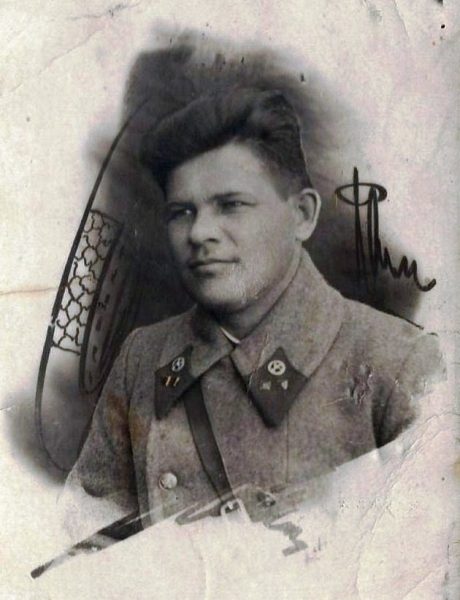
1912 – 1943.07
Petty officer, corpsman
Died near Kharkov
The letter written to him by his sister on the eve of 1945 also survived: “Nikolai, beat the damned Krauts for not letting us live a beautiful life. For our youth, for our youth, for our separation…”. Nikolay did not have time to receive this letter and it returned to Karaganda with the terrible note: “Addressee dropped out”… At the same time the notice on mother’s name also came: “Your son, Guards Cossack, Nick Samohin Alekseyevich … was lost on December 26, 1944…. and buried on the yard of Mike (Hungary) …”.
For many years his sister, my aunt, who became a professor, Doctor of Medicine, applied to various authorities, including the Central Archive of Moscow Region in Podolsk, where all military documents of that time are kept. But I have learned nothing new.
Several years ago, after my aunt’s death, it was my turn to look for traces of the deceased. At first I searched the documents on the sites “Memorial”, “Feat of the People” (now it is a general archive “Memory of the People” (1)), where I managed to see the documents of those years: the battle way of Nikolai, the list of the losses without return, which also included his surname, to determine more exactly his place of burial yet in unknown to us “sir’s yard Mike” by the schemes of burials. This search was aided both by sheer luck, when on those long winter evenings in 2014 I finally managed, with the help of Google Maps, to find the “Lord’s Court Mike” in Hungary, and by the wonderful girl from Moscow, Anastasia Stolyarova, who created the site “Soviet Soldier Burials in Hungary” (2) and informed me that in the early 1970s the Hungarian Red Cross reburied Soviet soldiers from Mike to the city cemetery in Oroslany. It also put me in touch with László Dudép, who was restoring Soviet war memorials under the Hungarian government’s program. I sent him information about Nikolai and his comrades who died in the same battle. It was one of the most surprising events in my life when in the fall of 2014 I received a letter from Laszlo with a photo of the monument he had created with Nikolai’s last name on it. And then there was another event. From Don local historians A. Dronov and E. Ptukhin came the message – Award sheet (posthumously) on N.A. Samokhin: “…on 26.12.1944, He was in a platoon in the village of Ketsched, first rushed into Ketsched and with automatic rifle fire killed 6 German soldiers and seized a car, engaged in a fight with an armored personnel carrier and hit it with a grenade, killed 3 soldiers and one officer of the enemy who fled from the armored personnel carrier. In this fight Cossack Guardsman Samokhin died a hero’s death. Worthy of the Government award “Order of Great Patriotic War of the 2nd degree”. The funeral letter came at once, but the award found the Hero in 70 years…
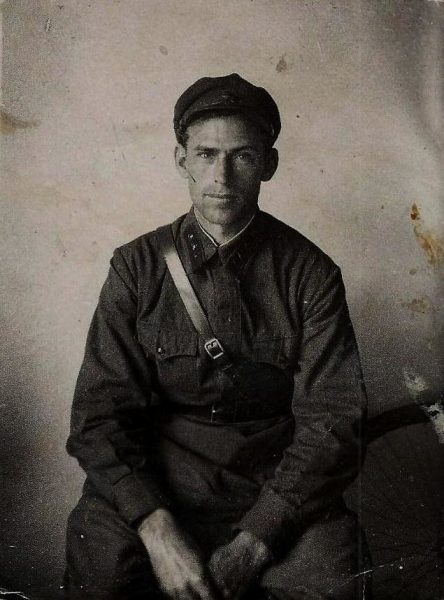
1909 – 1944.07.29
Lieutenant, radio operator, commander of a platoon
Died near Germany
The fate was benevolent and further, when I began to search for the last path of Alexander Demjanovich Samokhin. New documents appeared on the site “Memory of Nation” – a card of a prisoner of war on which it is noted that he was wounded when he was captured and shot on July 29, 1944 at the place of work in the concentration camp Hüttenrode. And then I found out also that on the place of burial of the prisoners of war there is a monument, on which my grandfather’s name appeared recently.
It remained to pay tribute to the fallen… So in August 2019 I and my brother were in Hungary, where at the city cemetery in Oroslany my brother and I left Karaganda soil at the monument to Nikolai. Then – Germany, Hüttenrode, we left a plaque with information about Alexander Demjanovich Samokhin, after whom my brother was named.
I would like to say in conclusion: attitude to your ancestors is an attitude to yourself, your relatives, people living nearby and, as a result, to your history and your homeland and state. Without memory there is no future. And even if we do not know something of the fates of our ancestors, we must hope and believe, look for the roots of our history, especially when it comes to those who gave their lives for our life and freedom.
A big bow to you, Heroes of War, and Eternal Glory!
Grandson and nephew of the heroes Samokhin Andrey
Sources: “Memory of the Nation” https://pamyat-naroda.r
Soviet Military Burials in Hungary: Archive …http://szovjet-katona.ucoz.hu/

